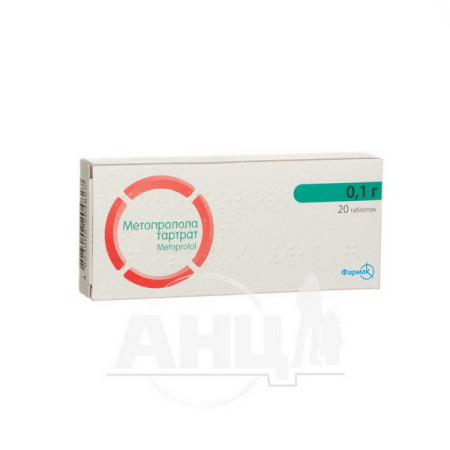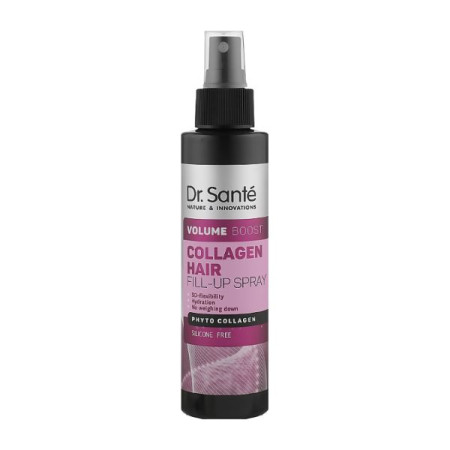Dermabin ointment tube 15 g

Translation of the instructions can be
DERMABIN ointmentInstruction
For medical use of the medicinal product
Dermabin
(Dermabin)
Composition:
Active ingredients: betamethasone, salicylic acid;
1 g of ointment contains 0.64 mg of betamethasone dipropionate, which is equivalent to 0.5 mg of betamethasone, and 30 mg of salicylic acid;
excipients: petroleum jelly, vaseline oil.
Dosage form.
Ointment.
Main physicochemical properties: homogeneous ointment of soft consistency, white in color, without foreign inclusions.
Pharmacotherapeutic group.
Corticosteroids for use in dermatology. Active corticosteroids in combination with other drugs.
PBX code. D07X C.
Pharmacological properties.
Pharmacodynamics.
Betamethasone dipropionate is a synthetic fluorinated corticosteroid that has anti-inflammatory, antipruritic and vasoconstrictive effects. Salicylic acid has a keratolytic effect when applied topically.
Pharmacokinetics.
Absorption of betamethasone dipropionate by the body is possible mainly after prolonged application to a large surface of the skin.
Clinical characteristics.
Indication.
For the local treatment of dermatoses sensitive to corticosteroids, such as chronic, erythematous or hyperkeratotic psoriasis and other dermatoses of an erythematous-squamous nature, in particular, seborrheic dermatitis (eczema), dry eczema in the desquamative phase, lichenification.
Contraindication.
The drug is contraindicated in patients with hypersensitivity to the active substances or to any other component of the drug. as well as in rosacea, acne, skin reactions after vaccination, perioral dermatitis, widespread plaque psoriasis, perianal and genital itching, varicose veins, diaper dermatitis, skin manifestations of syphilis, chickenpox, skin tuberculosis, other bacterial and fungal skin infections without proper antibacterial and antifungal therapy, with shingles, herpes simplex, molluscum contagiosum, dermatomycoses.
Interaction with other drugs and other types of interactions.
Interaction unknown.
Application features.
The drug is not intended for use in ophthalmology. Avoid contact with eyes, mucous membranes, wound surfaces and ulcers.
If irritation or hypersensitivity occurs during use of the drug, treatment should be discontinued.
If an infection is present, appropriate therapy should be prescribed.
When dandruff or keratinization disappears, treatment is continued only with corticosteroids.
Any side effects observed with systemic corticosteroids, including adrenal suppression, may also occur with topical glucocorticosteroids, especially in children.
Systemic absorption of topical corticosteroids or salicylic acid will be higher if treatment is applied to large body surfaces or under occlusive dressings. Appropriate precautions should be taken in such cases or with prolonged use, especially in children.
If excessive dryness or increased skin irritation develops, the use of the drug should be discontinued.
Topical corticosteroids may cause psoriasis for a number of reasons, including symptom rebound with subsequent development of tolerance, risk of pustular psoriasis, and local systemic toxicity due to decreased skin barrier function. Patients with hepatic impairment are more susceptible to systemic effects. Close monitoring of the patient is necessary.
Topical corticosteroids may distort the clinical picture.
Relapse is possible if treatment is interrupted, as well as possible exacerbation of the infection and delayed healing.
Application of the drug to areas with atrophied skin is contraindicated.
Use during pregnancy or breastfeeding.
Since the safety of topical corticosteroids in pregnant women has not been established, this group of drugs should be prescribed only if the expected benefit to the expectant mother clearly outweighs the potential risk to the fetus. Drugs in this group are contraindicated in pregnant women in high doses and for long periods of time.
It is currently unclear whether topical corticosteroids can be excreted in breast milk as a result of systemic absorption, therefore, when deciding whether to discontinue breastfeeding or discontinue the drug, the need for the drug should be taken into account.
The ability to influence the reaction speed when driving vehicles or other mechanisms.
Usually the drug does not affect the reaction speed when driving or using other mechanisms.
Method of administration and doses.
The ointment is applied in a thin layer to the affected area of the skin 2 times a day, in the morning and in the evening. For some patients, a single daily application may be sufficient to achieve a satisfactory result.
The maximum daily dose should be gradually reduced to the minimum that allows symptoms to be controlled.
The drug is prescribed to children over 2 years of age. The duration of treatment for children from 2 years of age should be limited to 5 days.
Children.
When used in children, it is necessary to take into account the possibility of signs of suppression of the hypothalamic-pituitary-adrenal system, which occur more often in children than in adult patients, which is associated with greater absorption of the drug in children due to a larger ratio of skin area to body weight.
In children receiving topical corticosteroids, adrenal suppression, Cushing's syndrome, growth retardation, poor weight gain, and increased intracranial pressure have been reported.
Manifestations of adrenal cortex suppression: low plasma cortisol levels and no response to the adrenal stimulation test with adrenocorticotropic hormone (ACTH) drugs. Increased intracranial pressure is manifested by fontanelle protrusion, headache, and bilateral optic disc edema.
The use of this drug is possible only if the expected benefit outweighs the potential risk of adverse reactions.
Overdose.
With prolonged or excessive use of local glucocorticosteroids, suppression of pituitary-adrenal function is possible with the development of secondary adrenal insufficiency and the appearance of symptoms of hypercorticism, including Cushing's disease. Excessive or prolonged use of topical preparations with salicylic acid can cause the appearance of symptoms of salicylism.
Treatment. Appropriate symptomatic therapy is prescribed. Symptoms of acute hypercorticism are usually reversible. If necessary, correction of electrolyte balance is carried out. In case of chronic toxic effects, gradual withdrawal of corticosteroids is recommended.
Treatment of salicylates is symptomatic. Measures are taken to more quickly remove salicylates from the body. In case of excessive growth of resistant microorganisms, it is recommended to stop treatment with the drug and prescribe the necessary therapy. Sodium bicarbonate is used orally to alkalize urine and increase diuresis.
Adverse reactions.
When using topical corticosteroids, the following adverse reactions may occur: burning, itching, irritation, dry skin, folliculitis, hypertrichosis, acneiform rash, hypopigmentation, perioral dermatitis, and allergic contact dermatitis.
The following adverse reactions may occur more frequently with the use of occlusive dressings: skin maceration, secondary infection, skin atrophy, striae and perspiration.
Stretch marks and vascular dilation, mainly on the face, may result from prolonged continuous application of the drug.
Expiration date.
3 years.
Storage conditions.
Store out of the reach of children at a temperature not exceeding 25 °C.
Packaging.
15 g in tubes. 1 tube in a cardboard box.
Vacation category.
According to the recipe.
Producer.
LLC "FZ" Biofarma ", Ukraine.
Location of production and its address of place of business.
Ukraine, 09100, Kyiv region, Bila Tserkva, Kyivska st., 37.
There are no reviews for this product.
There are no reviews for this product, be the first to leave your review.
No questions about this product, be the first and ask your question.









